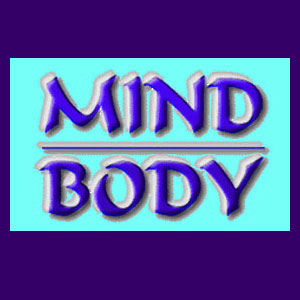
Adolescent scoliosis is also commonly known as idiopathic scoliosis and represents the most common type of side-to-side atypical spinal curvature condition. No one knows why some young people develop scoliosis, but the fact remains that most cases will not become symptomatic or problematic to any significant degree. In some particularly rare instances, scoliosis can become a major health crisis, but in most affected patients, the condition will not require anything more than ongoing medical monitoring.
This essay examines the most common variety of all abnormal side-to-side curvatures of the human backbone. These curvatures begin during the adolescent growth stage and rarely progress to severe or symptomatic degrees.
What is Adolescent Scoliosis?
Idiopathic scoliosis is an atypical side-to-side curvature of the spine which typically commences when a young person begins their growth spurt, between the ages of 10 and 14. This form of scoliosis typically affects girls more commonly than boys and females also suffer more significant curvatures statistically.
The vast majority of cases will not progress to more than a 10% curvature. These mild curves are not considered grounds for any treatment and are highly unlikely to enact any painful symptoms or physical limitations.
Mild curvatures which require monitoring and possible conservative bracing will usually measure between 10 degrees to 20 degrees. Curvatures from 20 degrees to 50 degrees are moderate and will certainly require care and bracing.
Severe curves over 50 degrees can be problematic and often require surgery at some point to stabilize the spine.
Adolescent Spinal Curvature Myths
Recently, the attitude towards scoliosis has begun to change, with more and more care providers treating minor forms of the condition as if nothing at all is wrong. This approach has proven to provide positive reinforcement for children affected by curvatures and certainly limits the nocebo effect of the diagnosis, and therefore, the possibility for psychosomatic back pain symptoms to develop.
However, some opportunistic doctors will still demonize even the most innocent cases of scoliosis, setting the ideal stage for worry, anxiety and the feeling of being different among affected youth. This is the main reason why some patients eventually suffer pain and related concerns blamed on their curvatures, rather than the physical implications of the curvatures themselves. Of course, moderate to severe curves can cause structural pain issues, but still, even drastic curvatures are not inherently painful.
Adolescent Scoliosis Help
Be very careful how you manage children who are diagnosed with scoliosis. Do your own research and discover that curvatures under 20 degrees are seldom the source of any health issues. Active treatment in these cases can do more damage than good, if it is handled poorly. Always remember that the child will need special emotional reassurance and should be supported to live as any other child would live. Prohibitions and warnings are the wrong way to go.
Read more about the psychology of scoliosis to better understand how to attend to the child’s emotional needs once diagnosed.
To learn more about how to best treat scoliosis in teens and children, contact your doctor or consult with a scoliosis specialist for detailed advice.
Just be sure to research the condition first to prepare yourself to take an active role in their care at every stage of development.




